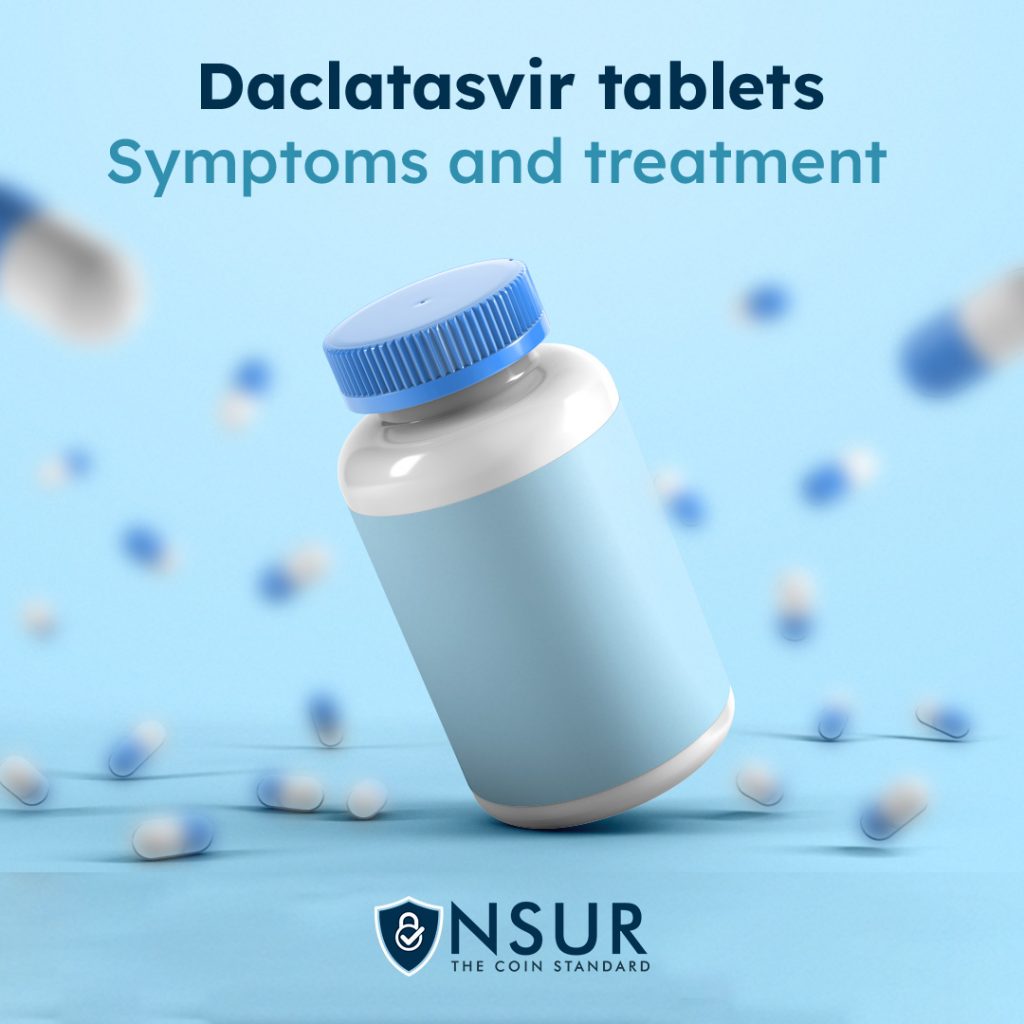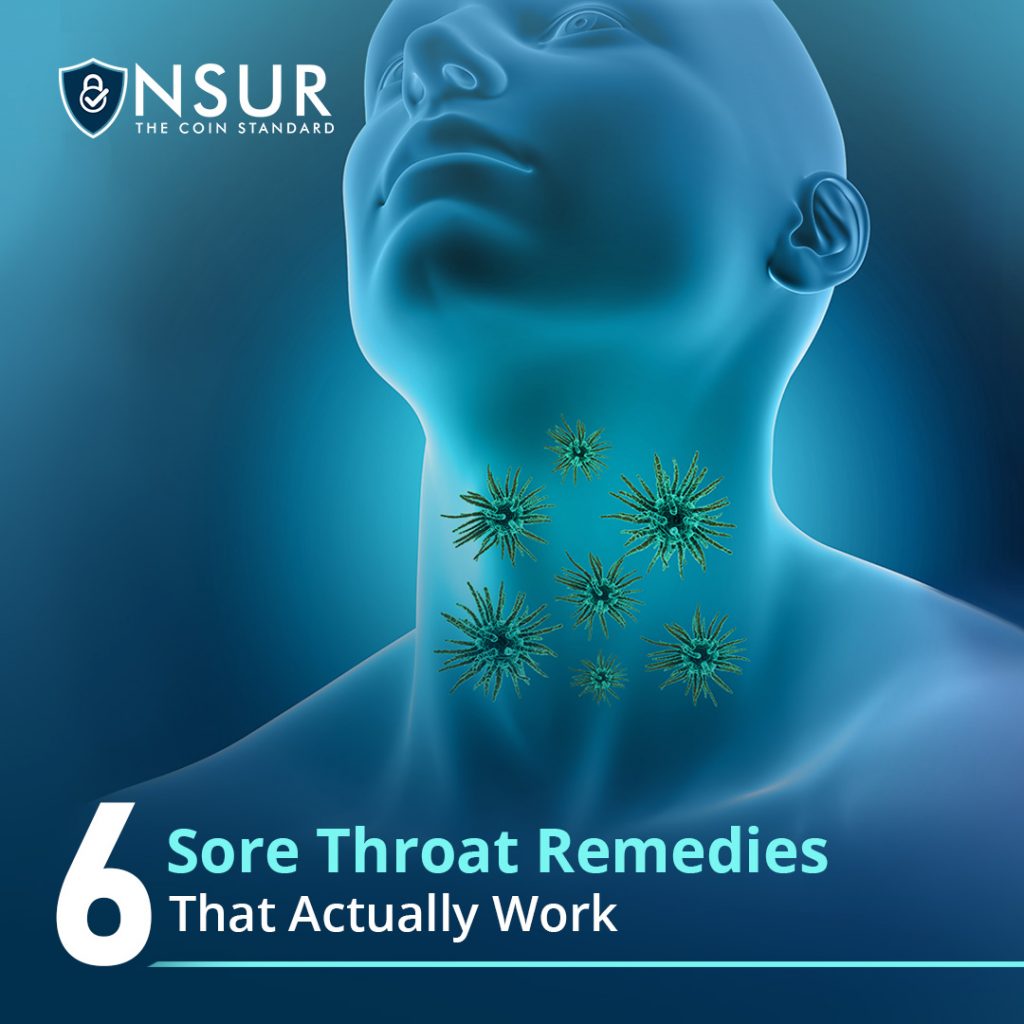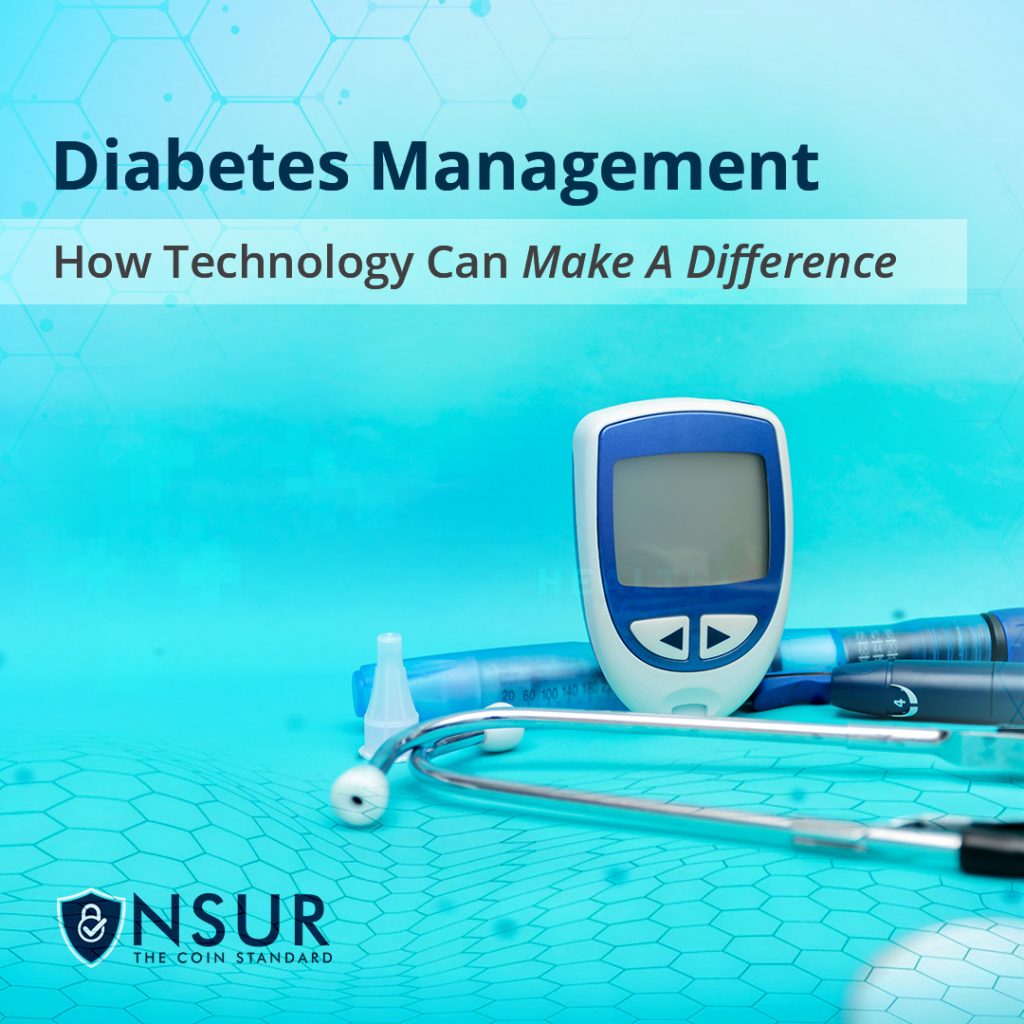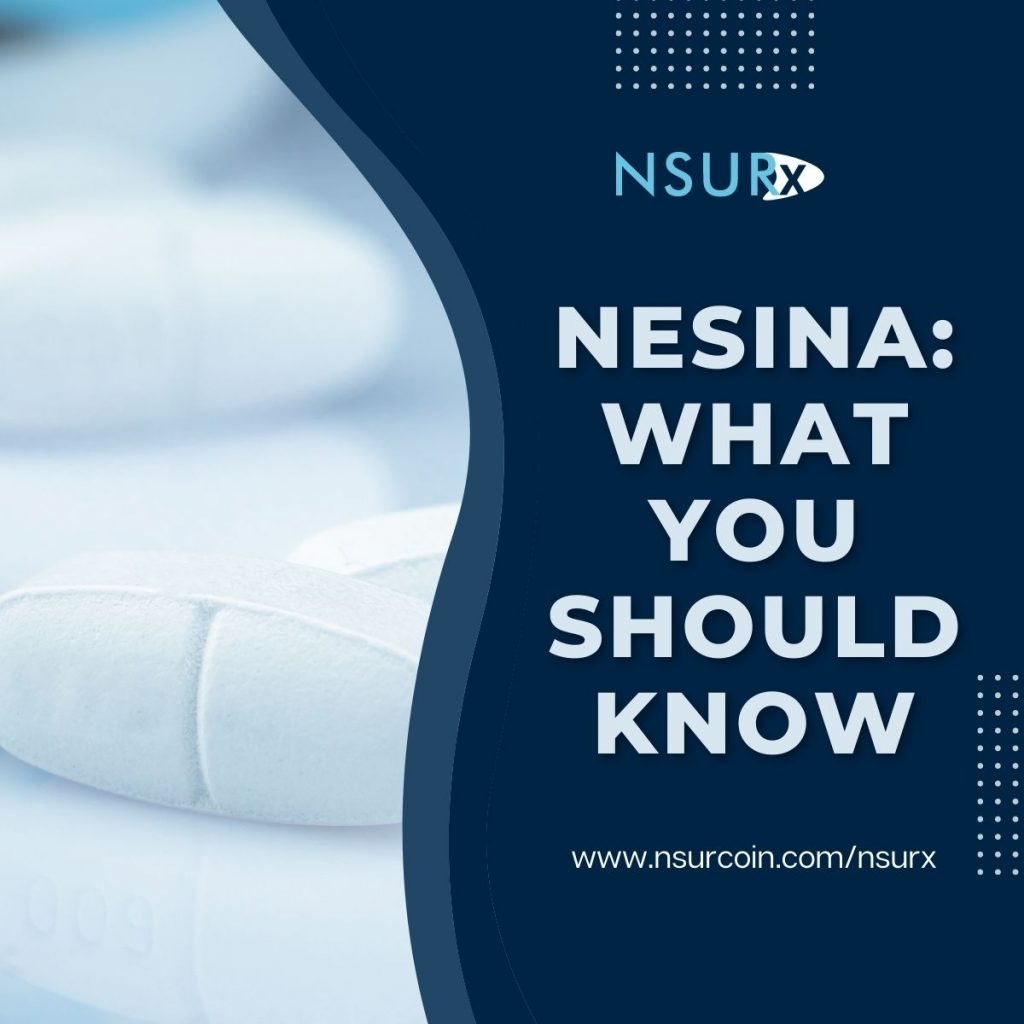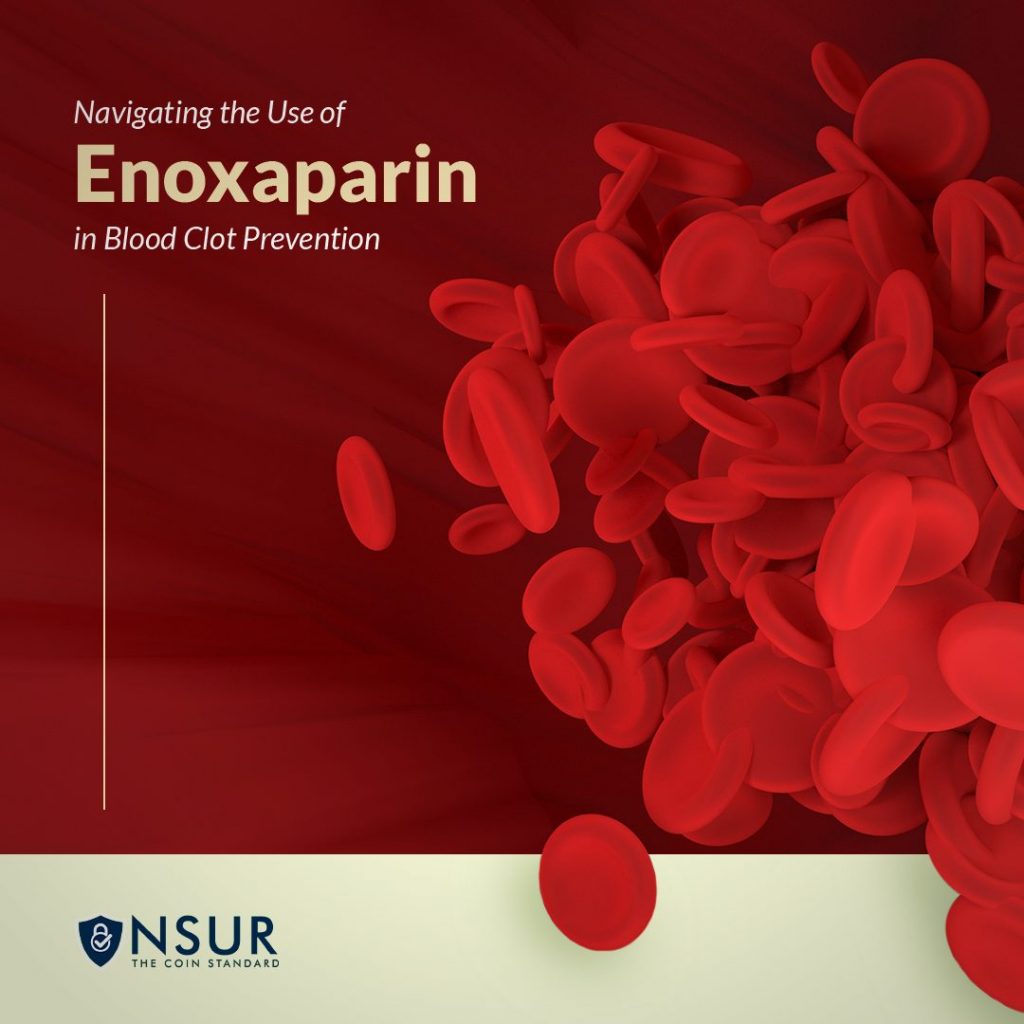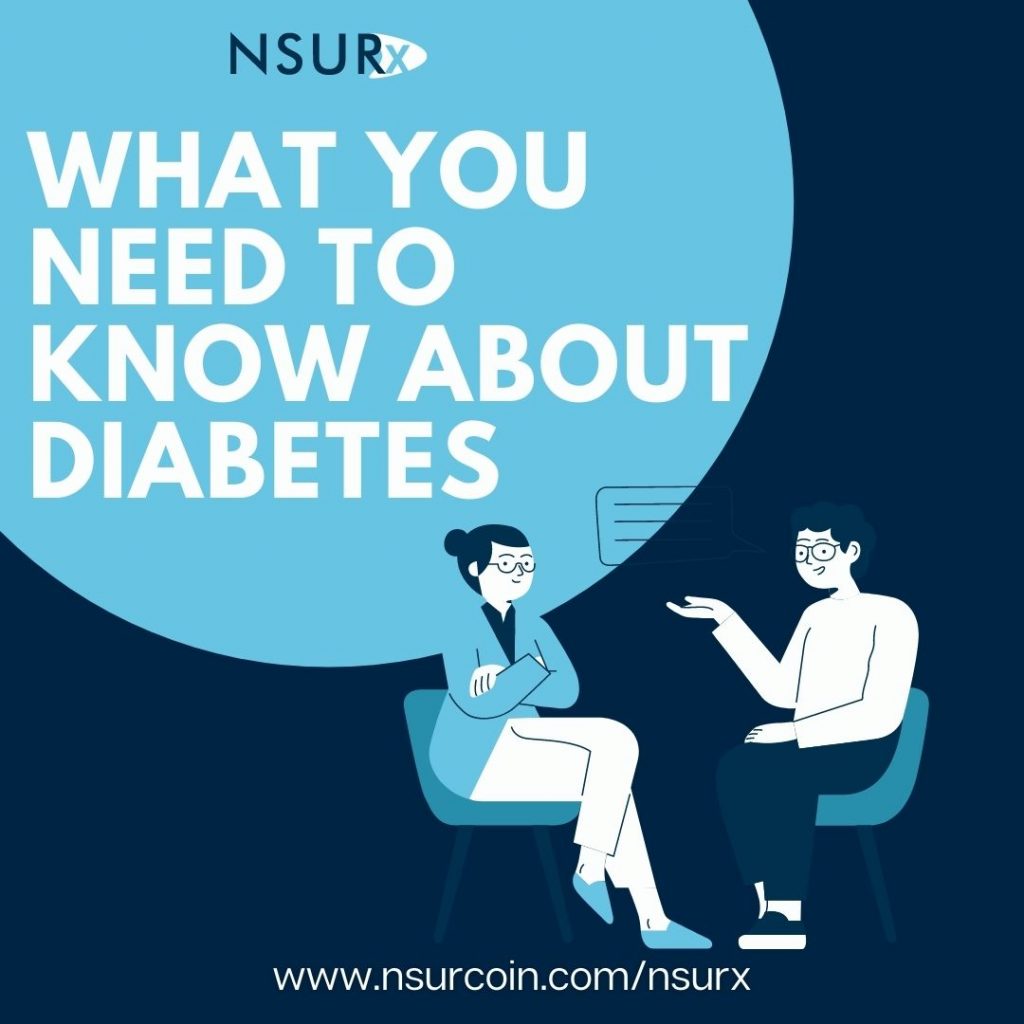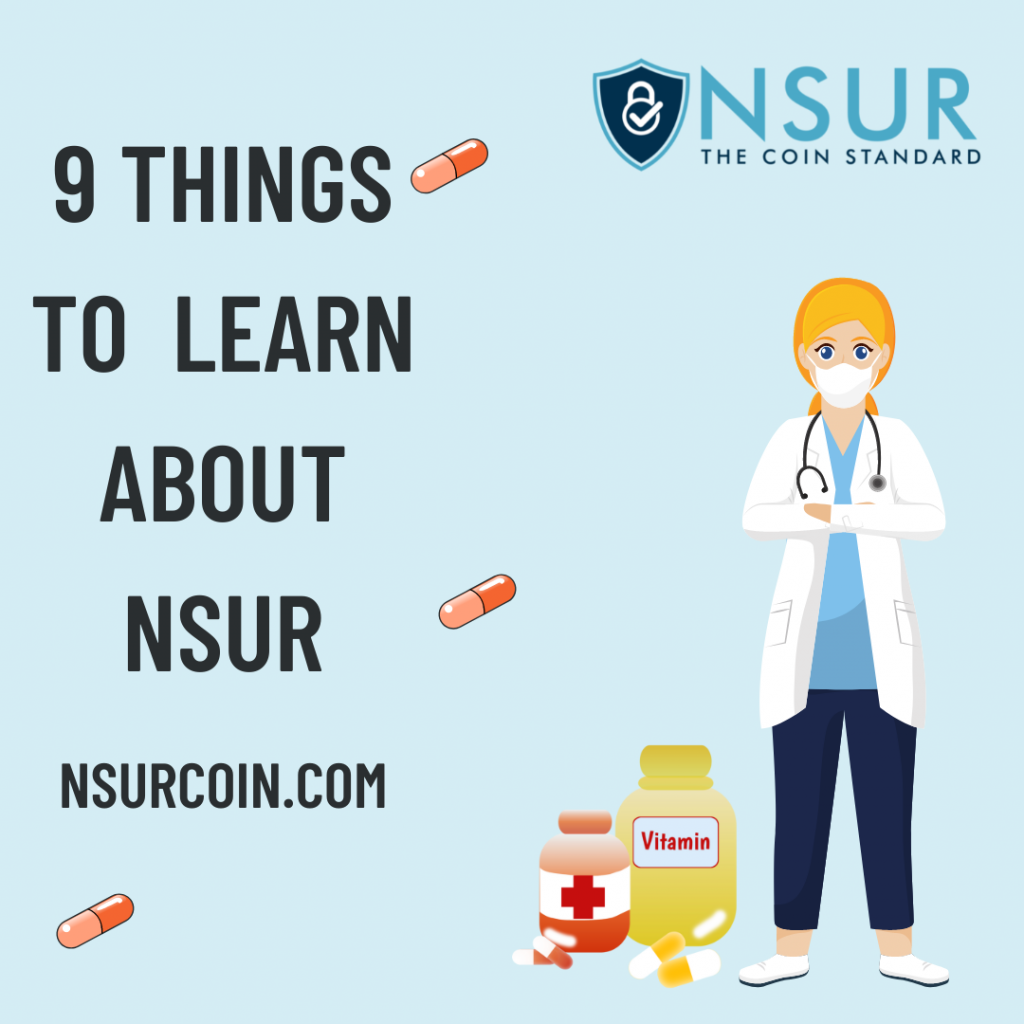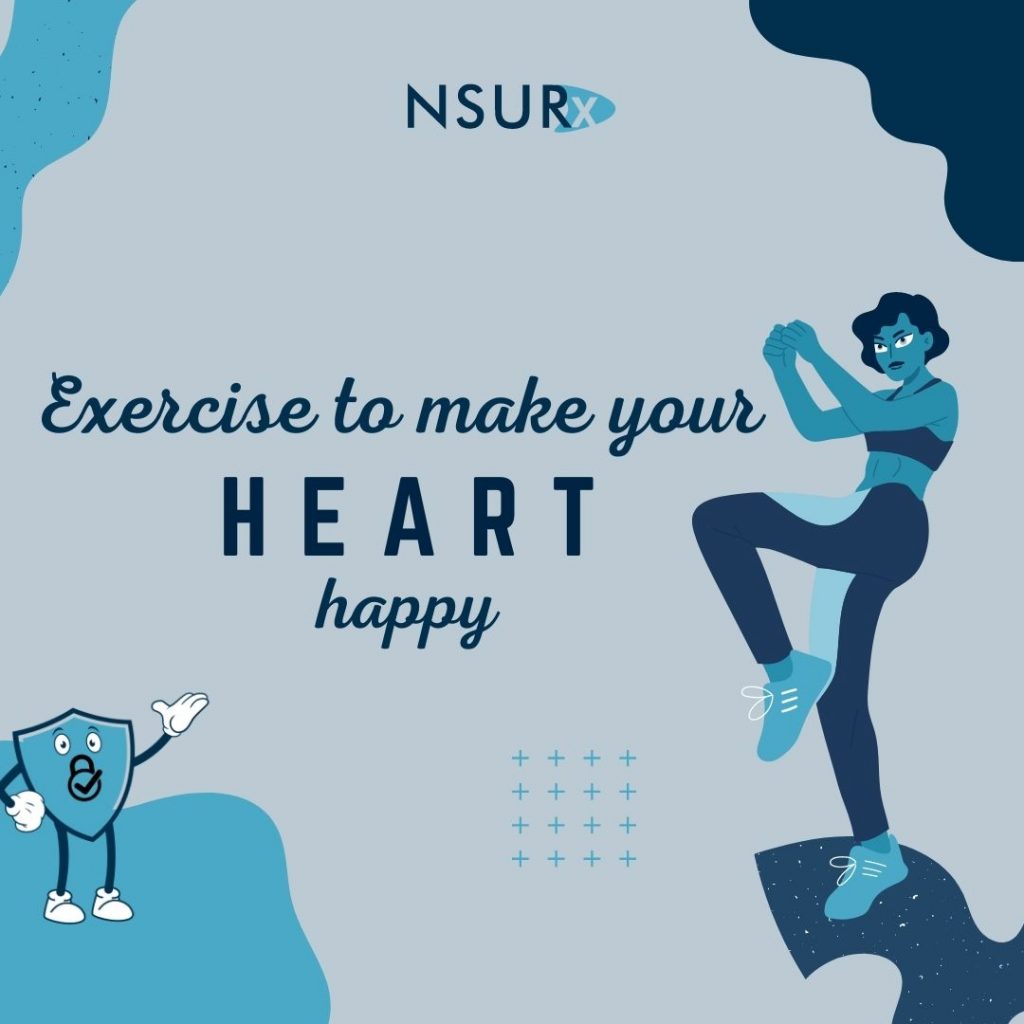
When you have heart disease, it is critical that you stay active on a regular basis. Physical activity can improve your cardiovascular health and lower your blood pressure and cholesterol.
Heart disease is a condition affecting the heart or blood vessels. Congestive heart failure, irregular heartbeat, congenital heart disease, and endocarditis are all conditions that can affect the heart.
Additionally, smoking, high blood pressure, high cholesterol, an unhealthy diet, lack of exercise, and obesity all raise the risk of heart disease. Heart attacks and strokes are the most common complications of cardiovascular disease.
Physical inactivity is a major risk factor for cardiovascular disease. It is on par with cigarette smoking, high blood pressure, and excessive cholesterol.
Unfortunately, a vast majority of Americans do not engage in sufficient physical activity. In the United States, twice as many adults are physically inactive as smoke cigarettes.
What can you do to lower your risk of heart disease?
The good news is that there are a number of things you can do to lower your risk of heart disease. One of these is exercise.
The benefits of regular physical activity include weight maintenance, reduced blood pressure and cholesterol, and improved blood sugar control.
A number of studies have also found that people who exercise on a regular basis are less likely to have a heart attack or other potentially fatal cardiac event than those who don’t engage in exercise.
How can exercise lower your risk of heart disease?
A person’s muscles develop stronger and healthier if they are exercised frequently, whereas unused muscles become weaker and weaker. Like any other muscle, the heart also benefits from regular exercise.
Exercising enables the heart to pump more blood and do so with less strain while yet maintaining peak performance.
Exercise also promotes weight and blood pressure reduction, and can reduce “bad” cholesterol levels in the blood (low-density lipoprotein [LDL] level), as well as total cholesterol.
Additionally, exercise lowers the likelihood of having a heart attack or another cardiac event, such as a stroke, and lowers the likelihood of needing a coronary revascularization operation (i.e., bypass surgery or coronary angioplasty).
What type of exercise should you do?
There are many types of exercise you can incorporate into your life to help improve your heart health.
Broadly, the types of exercise you can consider incorporating into your life fall into two categories: cardiovascular exercise and strength training.
Remember: before you start your exercise, make sure to tell your doctor about it.
1. Cardiovascular Exercise
Cardiovascular exercise is any type of action that makes use of aerobic metabolism and gets your heart pumping. During the activity, oxygen plays a significant role in the cellular activities that generate the energy required to continue the activity.
Your heart rate increases, and you breathe more deeply in order to maximize the amount of oxygen in your blood and help you use oxygen more efficiently. As a result, you are more energized and do not fatigue easily.
Regular aerobic activity improves circulation, which strengthens the heart muscle.
If you are new to cardiovascular exercise, you may be surprised by how many options you have! Here are a few you can consider adopting:
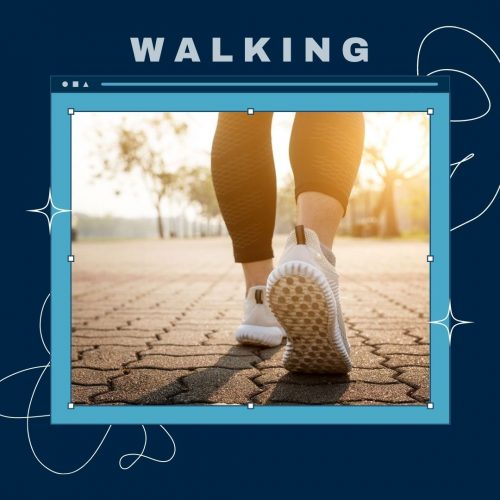
Walking
Walking every day can lower your risk of developing heart disease, obesity, diabetes, high blood pressure, and depression.
If you walk as your primary form of exercise, aim for 150 minutes each week. This can be divided into 30 minutes of walking five days a week. Alternatively, walk for 10 minutes at a time three times a day.

Running
Running is a highly effective kind of aerobic exercise. It can boost heart health, burn fat and calories, and improve your mood, to mention a few benefits.
If you’re just starting out, run for 20 to 30 minutes twice a week. During the run, keep your speed conversational. To begin, alternate 5 minutes of running and 1 minute of walking. Always stretch after your run to avoid injury.

Swimming
Swimming is a low-impact exercise that is beneficial for persons who are prone to or recovering from injuries, as well as those who have limited mobility. It can help you tone your muscles while also increasing your strength and endurance.
You can begin by swimming laps with a single stroke, such as freestyle. Increase the number of strokes you use as you swim more. For example, you could swim one to four laps of freestyle followed by one to four laps of breaststroke or backstroke.
The main thing to remember when choosing what cardiovascular exercise is best for you is that the best exercise is the one you can maintain over time.
2. Strength Training
Strength training is defined broadly as any physical exercise in which you utilize your own body weight or equipment (e.g., dumbbells and resistance bands) to increase muscular mass, strength, and endurance.
Strength exercise offers many heart-health benefits. First, it can increase your muscle mass and you can have stronger bones. Secondly, it keeps joints mobile and can help with arthritis symptoms. It can also increase flexibility and balance, reducing falls and injuries.
Examples of strength training to consider incorporating into your life include:

Free weights
Dumbbells, barbells, kettlebells, medicine balls and sand bags are examples of traditional strength training tools. With these types of items, you generally lift them with your arms to build upper body muscle strength.

Weight machines
This is all equipment with adjustable seats and grips connected to either weights or hydraulics. Likely, you will need to go to a gym if you want to use weight machines for strength training.

Resistance bands
These, like enormous rubber bands, provide resistance when stretched. They are portable and may be used for a variety of workouts. Throughout a movement, the bands generate constant resistance, thus making them ideal for people who suffer from body limitations that may prevent them from lifting free weights.

Your own body weight
Squats, push-ups, and chin-ups can all be done with it. It is convenient to use your own body weight, especially when traveling or at work.
It’s important for people with heart failure to take extra precautions when doing this type of exercise. Ask your physician for advice. It’s possible your doctor will warn you not to lift anything heavier than a specific amount of weight.
Exercise tips and tricks
Do not forget to do warm-ups and cool-downs before and after your exercise. Warming up can help avoid tired muscles and reduce stress on your heart. Cooling off allows your heart rate and respiration rate to return to normal.
Don’t sit down too quickly without a cool-down period. Your heart rate may increase, or you may become dizzy or have other dangerous symptoms.
How much exercise should I do?
When it comes to how much exercise to do, the US Department of Health and Human Services’ Office of Disease Prevention and Health Promotion has set Physical Activity Guidelines for Americans.
The recommendations are based on current scientific research that supports the links between physical exercise, overall health and well-being, disease prevention, and quality of life.
For adults, recommendations include the following:
- Get at least 150 minutes of moderate-intensity aerobic activity per week or 75 minutes of vigorous aerobic activity per week, or a combination of the two, spread out over the week.
- Include at least two days per week of moderate- to high-intensity muscle-strengthening activity (such as resistance exercises or weight training).
- Reduce your sitting time. Even low-intensity exercising can mitigate some of the dangers associated with sedentary behavior.
- Gradually increase the amount and intensity of your exercise over time.
How do I know when to stop?
If you notice any of the following symptoms, you should stop exercising or you can talk to your physician:
- Having difficulty breathing
- Incapable of speaking or finishing a phrase
- Feeling a little dizzy
- Tightening of the chest
- Experiencing pain in your shoulders, arms, neck, or jaw.
- Uneven heart rate or skipped cardiac beats (pulse)
- Feeling weary or weaker
- Severe sweating or vomiting
If exercise is not for you, you may talk to your physician about possible medications for your heart’s health.
What if exercise alone is not improving my heart health?
If you feel like exercise is not improving your heart health, you may want to visit your doctor to prescribe you some medications.
The majority of people who suffer from heart failure are treated with medication. Frequently, you’ll be required to take two or three different medications.
The following are some of the most commonly prescribed medications for heart failure:
How NSURx help you on your medication costs
Looking for ways to lessen your cost of heart medication prescription? NSURx is here to help!
NSURx is a discount card to help you save money on your prescriptions – you can save up to 80% on your prescription costs if you show your NSURx card to your pharmacist at 35,000 pharmacies across the US, including Walgreens, CVS, and Walmart.
Download your NSURx card today!


